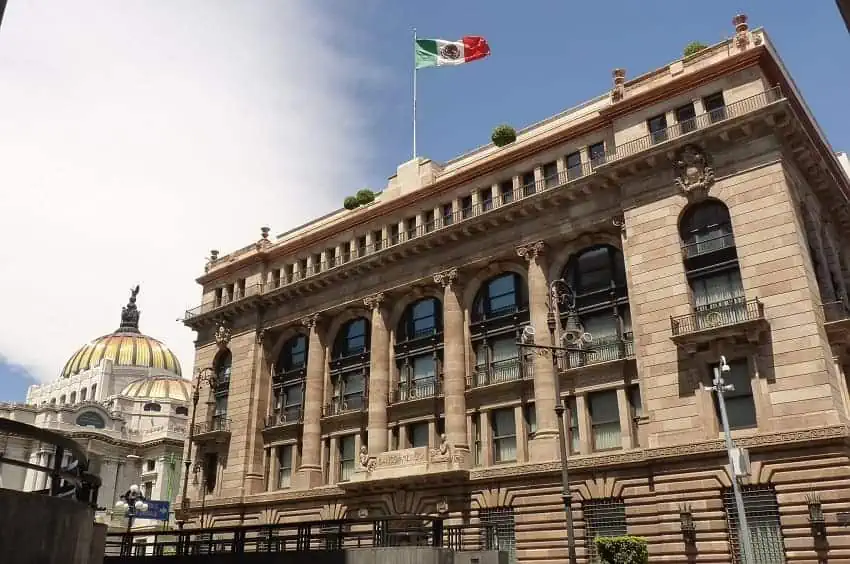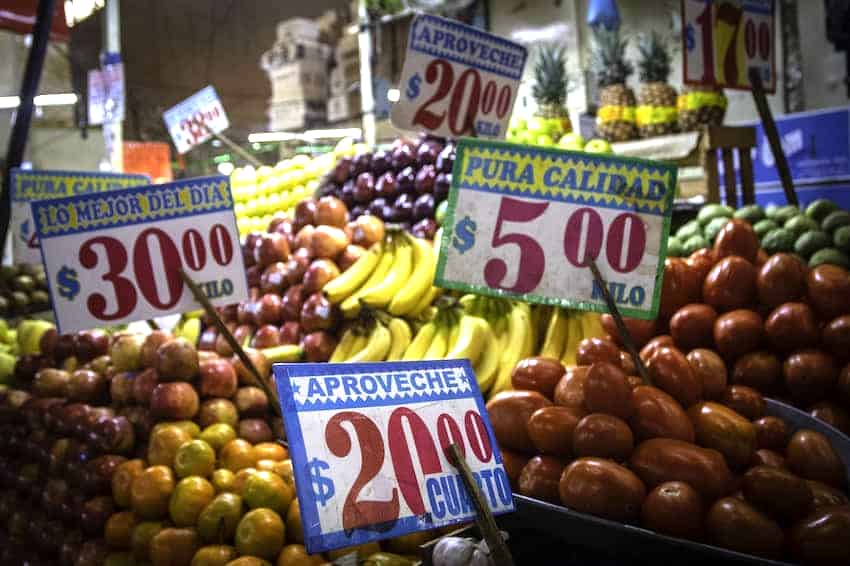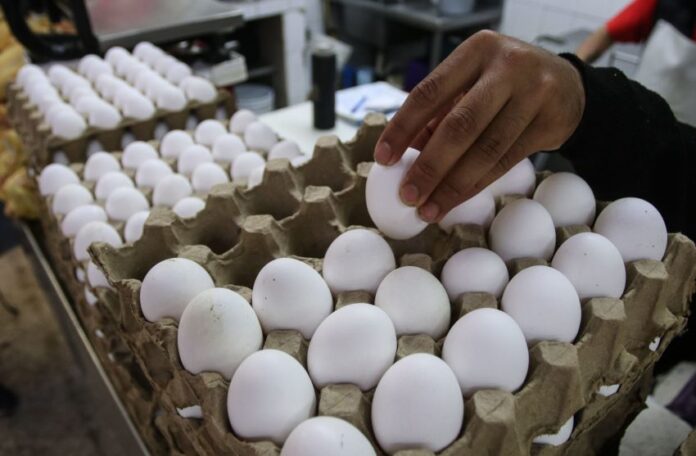Mexico’s annual inflation rate increased for a third consecutive month in April, official data showed on Thursday, but it remains within the Bank of Mexico’s target range, leaving the door open to an interest rate cut next week.
The national statistics agency INEGI reported that annual headline inflation hit 3.93% last month, up from 3.80% in March. Month-over-month inflation was 0.33%.
The annual reading was just above the 3.90% consensus forecast of analysts and economists surveyed by both Reuters and Bloomberg.
The annual core inflation rate, which excludes volatile food and energy prices, also came in at 3.93%, up from 3.64% in March.
The increases in annual inflation in February, March and April came after the headline rate hit a four-year low of 3.59% in January.
In 2022, the annual headline rate peaked at a two-decade high of 8.7% in August and September. The Bank of Mexico (Banxico) began a 21-month monetary policy tightening cycle in June 2022 that included 15 interest rate hikes totaling 725 basis points.

The central bank’s key interest rate peaked at a record-high 11.25% and remained at that level for a year before an easing cycle began in March 2024. Banxico’s benchmark rate is now set at 9% after 50-basis-point cuts in both February and March.
The governing board of the central bank will hold its next monetary policy meeting next Thursday, May 15.
Bloomberg reported that the headline inflation reading in April — just within the Bank of Mexico’s 2%-4% target range — likely keeps another 50-basis-point cut “on the table.”
Reuters reported that the latest data “should allow the Bank of Mexico to keep lowering borrowing costs in Latin America’s second-largest economy.”
“… Although economic growth is not part of Banxico’s mandate, analysts believe a weak outlook stemming from trade tensions triggered by U.S. President Donald Trump’s sweeping tariffs adds to the argument for it to keep easing monetary policy,” the news agency said.
Mexico’s economy avoided a technical recession in the first quarter of the year, growing 0.2% compared to the previous three months, according to preliminary INEGI data.

Deputy Bank of Mexico Governor Jonathan Heath said Wednesday that the current economic situation in Mexico makes it “highly likely” that the central bank will continue to lower its key interest rate.
He said in a Banorte podcast that the prevailing interest rate of the Federal Reserve in the United States, and the difference between that rate and that of Banxico, won’t have much of an impact on monetary policy decision making in Mexico until the second half of the year.
The Fed on Wednesday held its interest rate range unchanged at 4.25%-4.50%.
The significant difference between the Bank of Mexico’s key interest rate and that of the Fed helped boost the Mexican peso against the US dollar for an extended period, but the peso weakened last year due to a range of factors, including the ruling Morena party’s comprehensive win in the elections last June, Congress’ approval of a controversial judicial reform and Trump’s victory in the U.S. presidential election last November.
The peso has performed better this year, appreciating from about 20.6 to the dollar on Dec. 31 to 19.57 to the greenback at 11 a.m. Mexico City time on Thursday.
Cheaper fruit and vegetables, more expensive meat
INEGI’s data showed that fruit and vegetable prices fell 2.45% on a year-over-year basis in February, while meat prices increased 8.25%.
Processed food, beverages and tobacco were 4.42% more expensive in April than in the same month last year, while prices for non-food goods rose 2.4%.
Services were 4.56% dearer compared to April 2024, while energy prices, including those for gasoline and electricity, increased 2.99% on an annual basis.
With reports from El Economista, El Universal, Bloomberg and Reuters
